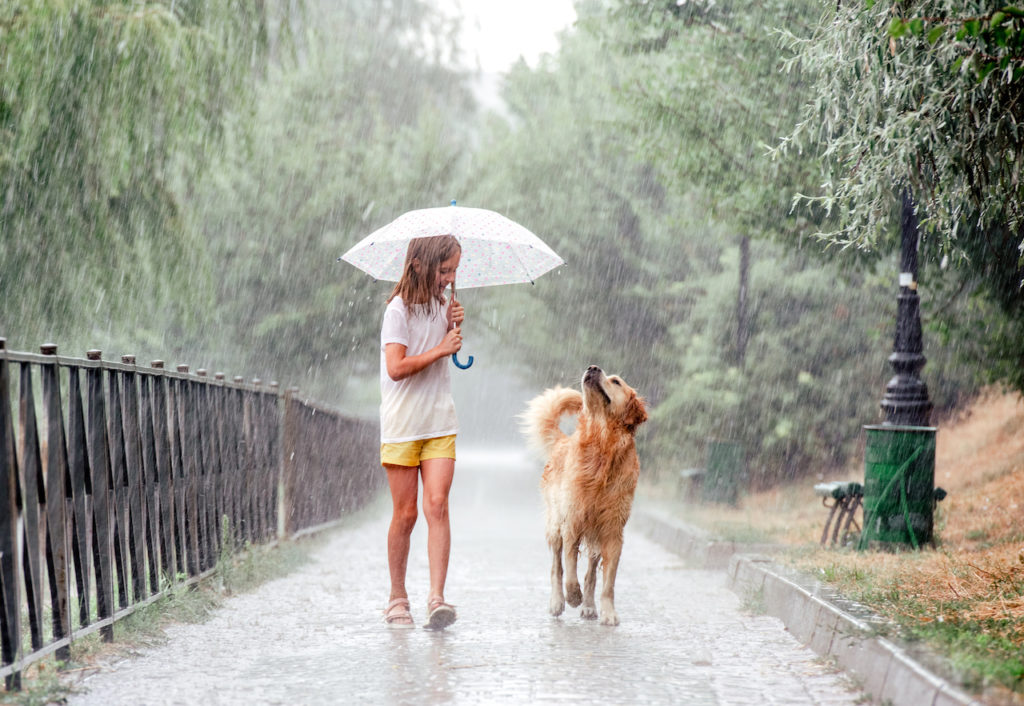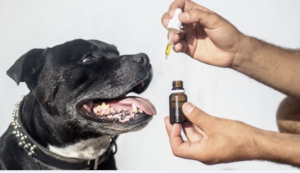To describe the impact of the recent floods across New South Wales and Queensland as devastating is an understatement.
All of us here at CBD Vets Australia have been watching in horror as lives were lost and entire towns submerged in water, with hundreds of people left stranded and without their livelihoods or their homes.
And sadly, our animals and wildlife have been dealt another catastrophic blow by a natural disaster. Veterinarians and animal welfare organisations around the country are calling for urgent assistance to help the many animals who are now suffering as a result of the floods.
Rescuers scramble to rescue distressed livestock
Farmers have been left reeling by terrible losses of their livestock in south-east Queensland and northern NSW. Paul Weir, a Lismore dairy farmer, could only watch helplessly as half of his 300-cow herd were swept away by flood waters.
Confronting images have emerged of the hundreds of horses and cattle who are still stranded, starving and injured in northern NSW, with vets trying to help as many as they can with medical treatment, emergency euthanasia and food drops.
Tragically, thousands of animals have already died in the floods – a number which is expected to rise significantly as flood waters recede. Rescue efforts are fraught with danger too, as rescue teams struggle to reach distressed animals due to debris-blocked roads.
Another devastating blow for wildlife
The floods also represent another knock for Australia’s wildlife after the devastation of the 2019-20 bushfires, which saw millions of native animals perish.
Rescue organisation WIRES has been receiving more than 100 extra calls per day compared to the same period last year.
In a statement at the time, John Grant from WIRES said the calls “represent only a fraction of the impact the floods are having on native wildlife as many animals have not been able to escape the rapidly rising waters, particularly wombats”.
“This flooding disaster is going to be catastrophic for our wildlife,” International Fund for Animal Welfare Animal Rescue Program Officer Nicole Rojas-Marin said.
“We won’t know the true extent until floodwaters subside but as they recede we expect to see an influx of orphaned, injured and displaced animals needing care.”
Animal shelters and rescue organisations mobilise
Many of our animal shelters and pounds are also bearing the brunt of the crisis. Recently, a shelter in the Hawkesbury put out an urgent call as water levels started to rise in their facility. Dozens of animals needed to be taken to safety. Volunteers from across the state immediately answered the call and came to collect and provide shelter to every animal in need. Unfortunately, this is no isolated incident.
Further north, a Sunshine Coast animal rescue ranch has helped record numbers of animals in the wake of South East Queensland’s flooding disaster.
Soquilichi Rescue Ranch at Maroochy River took in 80 cats and kittens within just 48 hours, as well as the highest number of horses it’s had in 10 years.
The rescue ranch is also supporting pounds in flood-impacted areas overflowing with animals, who would be euthanised if they were not rescued.
Meanwhile, Animal Welfare Leagues NSW’s Mobile Vet Truck (MVT) along with volunteers and staff is providing emergency veterinary relief to companion animals and livestock in these moments of crisis.
AWL NSW’s purpose-built B-Double trailer is currently stationed at Castle Hill showground, with staff helping supply food, fresh drinking water, bedding, and towels to all animals in need. The veterinary team is also providing first aid and emergency treatment to all animals coming into their care.
How to help animals affected by the floods
Our animals and wildlife need our help. If you are able to offer support, here are some organisations on the frontline:
To support pets in need:
- ARC (Animal Rescue Cooperative) – Donate HERE
- Animal Rights and Rescue Group – Donate HERE
- RSPCA – Donate HERE
To support wildlife in need:
- WIRES – Donate HERE
- Byron Bay Wildlife Hospital – Donate HERE
- WWF Emergency Floods Appeal – Donate HERE







